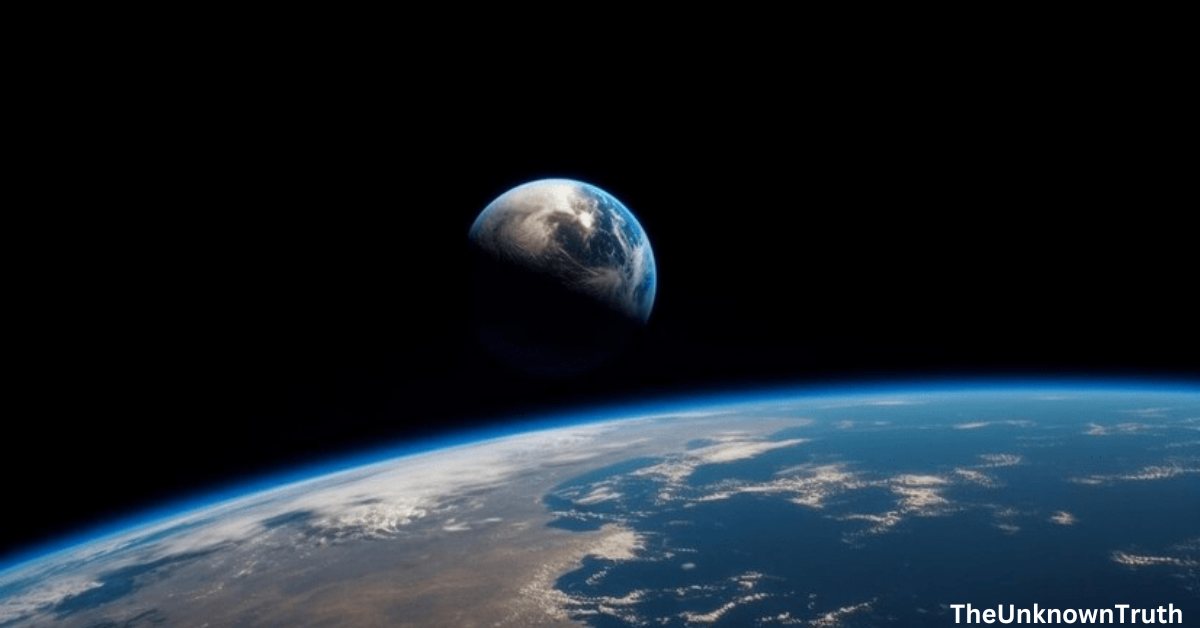The question of how and when the Earth was formed has intrigued humanity for centuries. It is a quest that spans the realms of science, religion, and philosophy. In this blog post, we will embark on an enlightening journey to explore the mysteries, scientific details, and religious perspectives surrounding the formation of Earth. By weaving together these diverse threads, we aim to provide a comprehensive understanding of this captivating topic in simple and accessible language.
The Earth’s Birth: A Cosmic Odyssey
Scientific Insights: When Did It All Begin?
Earth’s age: Scientific evidence, including radiometric dating, suggests that our planet is approximately 4.54 billion years old. This date provides a starting point for understanding Earth’s formation timeline.
The solar system’s genesis: The formation of Earth is closely linked to the birth of our entire solar system. It all began with a colossal cloud of gas and dust called a solar nebula.
Nebular Hypothesis: The Blueprint for Planetary Formation
Nebular collapse: The solar nebula gradually collapsed under the force of gravity. This process set the stage for the formation of not only Earth but also the other celestial bodies in our solar system.
Protoplanetary disks: Within the nebula, protoplanetary disks emerged, which contained dust and gas that would later coalesce into planets.
The Mysteries of Earth’s Formation
Cosmic Building Blocks: Birth of a Planet
Planetesimals: Tiny building blocks, known as planetesimals, began to form within the protoplanetary disk. These objects slowly came together through collisions and gravitational attraction.
Protoplanets: As planetesimals merged, they gave rise to larger bodies known as protoplanets. Earth was one of these protoplanets, steadily growing in size and complexity.
The Role of Gravity: Shaping Earth’s Destiny
Gravitational attraction: Gravity played a pivotal role in the formation of Earth. As the protoplanet grew, its gravitational pull increased, allowing it to accumulate more material from the surrounding protoplanetary disk.
Differentiation: Creating Earth’s Layers
Differentiation process: Earth underwent a process called differentiation, which led to the separation of materials based on their density. Heavier materials, such as iron and nickel, sank to the center, forming the core. Lighter stuff went up and became the mantle and the Earth’s surface.
Religious Perspectives on Earth’s Formation
Christianity: Divine Creation
In Christian theology, the creation of the Earth is attributed to God, as described in the Book of Genesis. The concept of divine creation has been a cornerstone of Christian beliefs for millennia.
Islam: God’s Design and Purpose
Islamic beliefs align with the idea that God created the universe, including Earth, with a specific design and purpose. The Quran, the holy book of Islam, contains references to God’s role as the Creator.
Hinduism: Cycles of Creation and Destruction
Hindu cosmology describes cycles of creation and destruction, with the universe and Earth being continuously created and reabsorbed into a divine source.
Buddhism: Interconnectedness and Impermanence
Buddhism emphasizes the impermanence of all things, including Earth. It teaches that everything is interconnected, and the universe undergoes cycles of existence.
FAQs About How and When the Earth Was Formed
How do scientists determine the age of the Earth?
Scientists use radiometric dating of rocks and minerals to calculate the Earth’s age by measuring the decay of radioactive isotopes.
What was Earth like during its early years?
Earth’s early years were characterized by extreme heat, volcanic activity, and a lack of an atmosphere suitable for life as we know it.
Was Earth the only planet formed from the solar nebula?
No, the solar nebula’s collapse resulted in the formation of other planets and celestial bodies within our solar system.
Are there any religious beliefs that align with scientific theories of Earth’s formation?
While religious beliefs often describe divine creation, they can coexist with scientific explanations, as many religious traditions emphasize the idea that God or a divine force played a role in the creation of the universe.
Conclusion: Bridging Science and Spirituality
The formation of Earth is a profound narrative that blends scientific discovery with religious and philosophical contemplation. While science provides us with a timeline and a mechanism for Earth’s creation, religious perspectives offer spiritual insights into the why and the purpose behind it all. In this harmonious interplay of science and spirituality, we find a deeper appreciation for the wonder of our planet and the universe in which it resides. The quest to understand how and when the Earth was formed invites us to embrace the beauty of both empirical knowledge and the mysteries that continue to inspire our collective curiosity.
This post was all about ‘How and When the Earth Was Formed’, to read similar content, click here.
